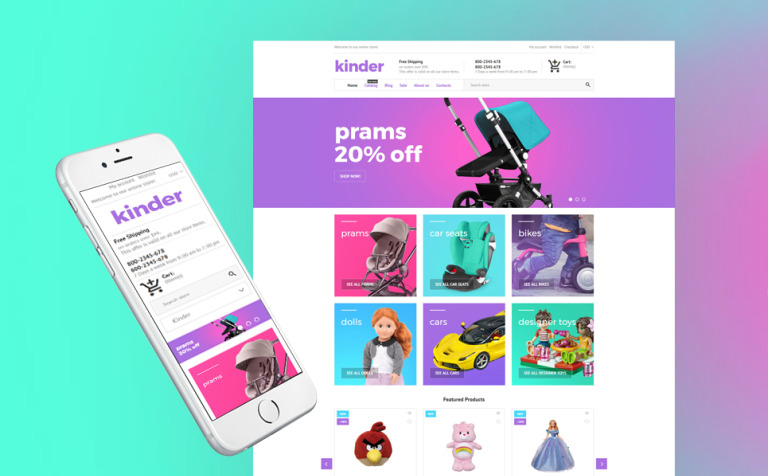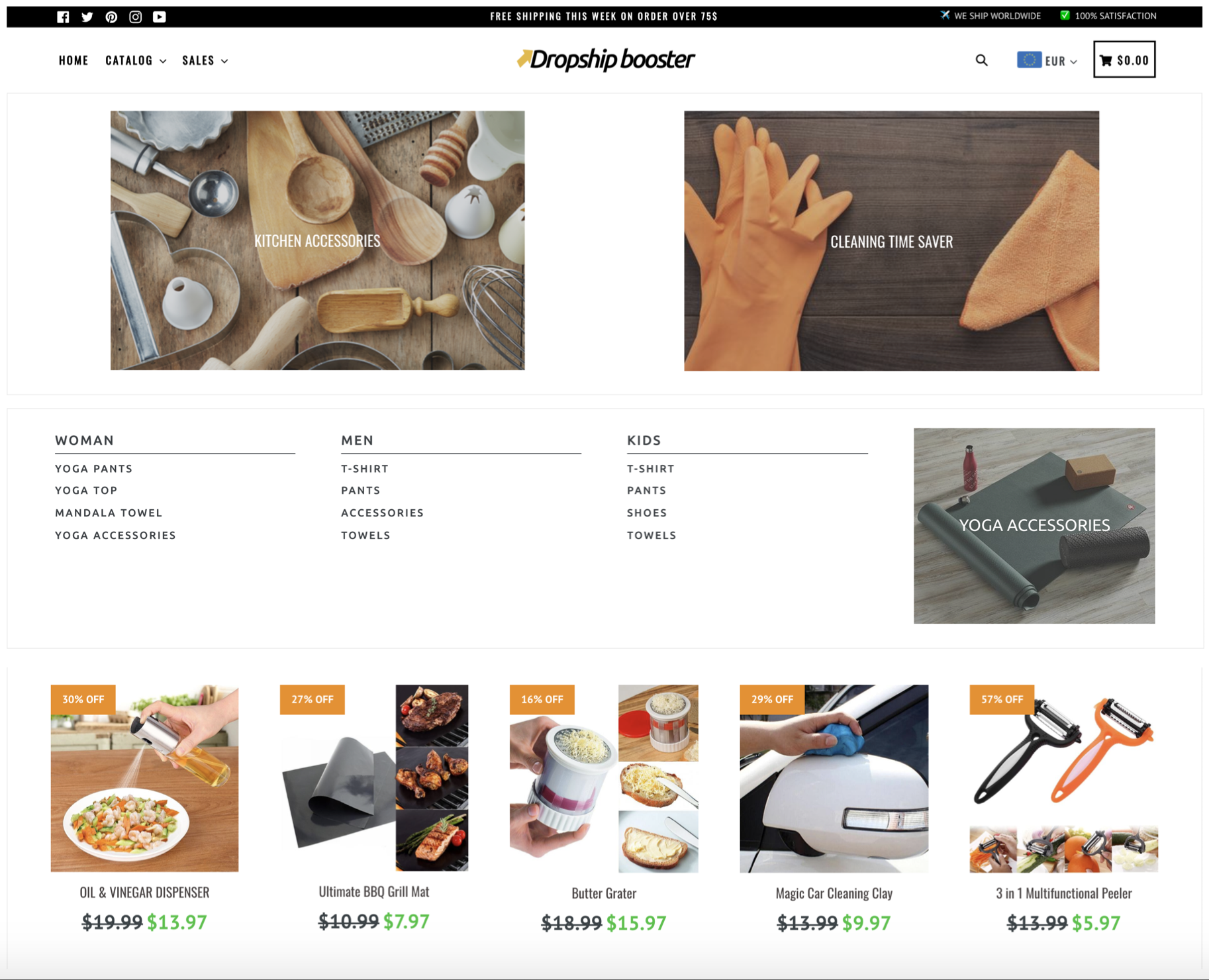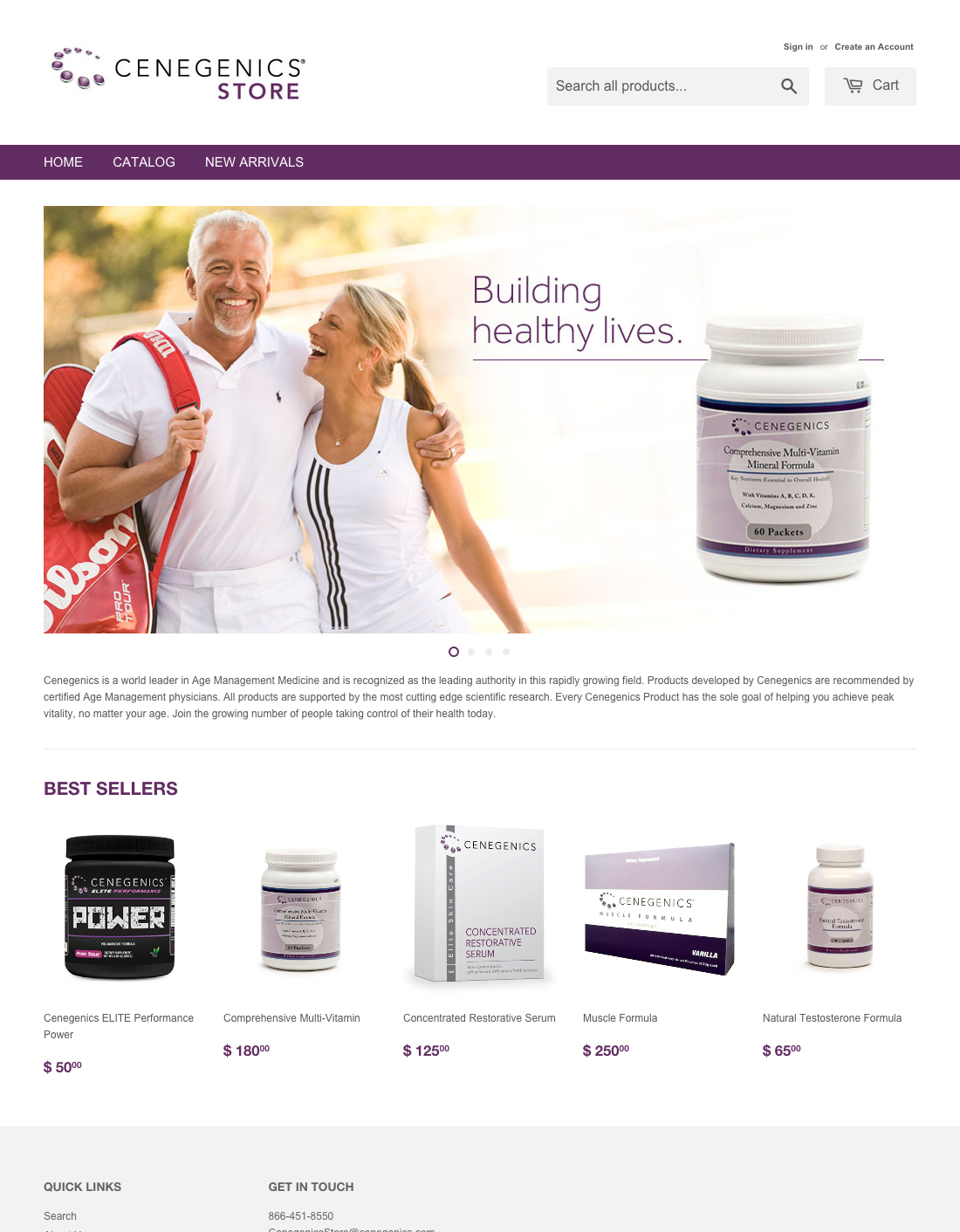Or go to our Shopify Theme Detector directly
How to Improve your Blog’s Performance on Shopify [Apr, 2024]
Last modified: April 1, 2024
![How to Improve your Blog’s Performance on Shopify [Apr, 2024]](https://shopthemedetector.com/blog/wp-content/themes/ShopBlog/assets/img/faq_placeholder.jpg)
Blogging is one of the most important marketing techniques that you will have for your Shopify website. However, it is often underutilized by brands because it is seen as costly, time-intensive, and lacks integrity. None of this is true. Some of the biggest brands in the world, those that earn lots of money from online activities have very active brands. Those websites that are visited the most in the world have one thing in common: lots and lots of content. Wikipedia is essentially a group of blog posts published in a series of pages to look like a dictionary and it is one of the most visited sites in the world.
Social media sites, news, and blogs are the top categories visited in the top fifty top visited websites in 2021. Fewer people visit search engines than they visit blogs.
Want to make your Shopify blog more effective and worthwhile? These tips can help you achieve better results and outcomes.| # | Name | Image | |
|---|---|---|---|
| 1 |

|
Kinder
|
|
| 2 |

|
Maker
|
|
| 3 |

|
Booster
|
|
| 4 |

|
Blockshop
|
|
| 5 |

|
Retina
|
|
| 6 |

|
Supply
|
|
| 7 |

|
Broadcast
|
|
| 8 |

|
Mobilia
|
|
| 9 |

|
Parallax
|
|
| 10 |

|
Ira
|
|
|
Show More
|
|||
Longer Content
The first thing to look for is to extend the length of text that you’re using on your blog. The average top-performing blogs have content is over 1250 words on each article. This can be very important for numerous reasons. For one, it gives you more opportunity to give more detail about a topic. It also means that you can adjust the SEO for an article to encompass more than one set of keywords.
Try to write content that is more than 1250 for at least every other article that you write. You don’t need them all to be this length, but if at least half are, the rest will perform well.
More Frequent
Another factor is to make sure you’re publishing content regularly. Blogs that perform well are often those that publishing more content. Statistics say that blogs that publish more than 15 articles per month will perform well, however some affiliate websites have seen revenues skyrocket exponentially as they increase publishing schedules.
Doing this might be hard, but you can get a copywriter to help.
More Authors
When blogs have more than one author, who is connected to social media especially, you can see that your website’s blog will perform better. Research has shown that multiple authors improve trust and widens the audience appeal.
Therefore, you can spread blog writing duties for your brand across the team and get more content out, without overloading people with more writing work.
More Visual Content
Be sure that you’re adding visual content to your blog posts. All blog posts should have images attached to them. However, you should also try to add videos where possible to improve the visual appeal of the article. Research has also shown that blog posts with videos will outperform those without in search rankings.
If you have a YouTube channel, this is a great way to mix up content types and improve performance.
Enhancing On-Page SEO To Improve Blog Performance
Keyword Optimization
In the world of digital marketing, we understand the pivotal role that keywords play in enhancing a blog’s visibility. Drawing from our extensive experience, we emphasize the incorporation of relevant, high-volume keywords not just within the content but also in meta tags, URLs, and alt texts.
This holistic approach ensures that your Shopify blog is optimized for search engines and easily discoverable by potential customers.
Content Structure
Having developed numerous successful blogs over the years, we can’t stress enough the importance of a well-structured content layout. Utilizing headers, subheaders, and bullet points, we aim to enhance readability and user engagement.
A clear, concise content structure aids in information retention and encourages readers to spend more time on your blog, boosting its performance metrics.
Internal Linking
Our hands-on experience has shown that a strategic approach to internal linking can significantly boost a blog’s SEO.
By creating links that connect various pieces of content within your Shopify blog, we facilitate a seamless navigation experience for readers while distributing page authority throughout the site, leading to improved search rankings.
Boosting User Engagement To Improve Blog Performance
Visual Content Integration
In our journey of content creation, we’ve observed the compelling impact of visual elements in driving user engagement.
Incorporating images, videos, and infographics not only makes the content aesthetically pleasing but also conveys complex information in an easily digestible format, leading to increased reader retention and interaction.
Interactive Elements
We’ve always been advocates for interactive content. Incorporating quizzes, polls, and surveys into your Shopify blog can significantly enhance user engagement.
These elements not only make the content more engaging but also provide valuable insights into the audience’s preferences and behaviors, enabling tailored content strategies.
Mobile Optimization
In this mobile-first era, we ensure that your Shopify blog is fully optimized for mobile devices. Our approach involves responsive design techniques to ensure content is easily accessible and visually appealing on all screen sizes.
This adaptability not only caters to a wider audience but also positively influences search engine rankings.
Conclusion: How to Improve Your Blog’s Performance on Shopify
If you want your blog to perform better on Shopify, use the tips above. They’re bound to help you grow traffic levels and earn more revenue from your website. You can also use this blog management app to help you manage your blog and get more from your copywriting.
-
How often should I update my Shopify blog?
The frequency of updating your Shopify blog depends on your specific goals, audience, and content strategy. Generally, it’s beneficial to post regularly, such as weekly or bi-weekly, to keep your audience engaged and improve your website’s SEO performance.
-
Can I monetize my Shopify blog?
Yes, you can monetize your Shopify blog. Various methods include incorporating affiliate marketing, selling ad space, offering sponsored content, or selling digital products and services directly through your blog posts.
-
How can I measure my Shopify blog’s performance?
Measure your Shopify blog’s performance with tools like Google Analytics. Track metrics like page views, bounce rate, session duration, user engagement, keyword rankings, organic traffic, and backlinks for SEO assessment.

 PageFly Landing Page Builder
PageFly Landing Page Builder  Shopify
Shopify  SEMrush
SEMrush  Website Maintenance
Website Maintenance  UpPromote
UpPromote